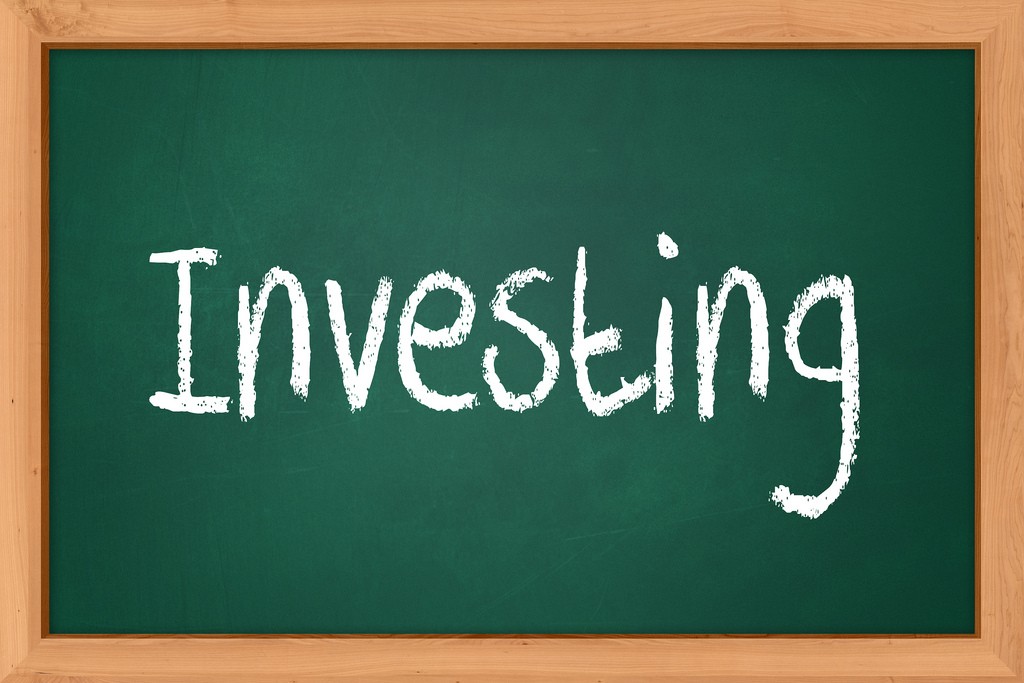Most of us will remember our first introduction to investing. Personally I recall setting up an SSIA and at the time, my knowledge was pretty much limited to investing in the ‘risky’ one or the ‘safe’ one. My friends & I spoke about those two alternatives only!
In truth, in any investment there are a multitude of investment types and risk profiles. The European Securities and Markets Authority produced objective guidelines as to how investment risk and return should be presented to investors. The ESMA Scale was launched as a result. The ESMA guidelines use a 7 point scale to classify funds based on the 5-year annualised volatility of an investment fund. Simply put the scale is from 1 – 7 with 1 matching those funds with the lowest volatility rating ie. cash and 7 matching those funds with the highest volatility rating ie. shares. In truth we all generally fall somewhere in the middle and asked to rate our own risk profile will likely simply say we are would invest in medium risk category!
However depending on various factors, such as the amount we have to invest, our personal circumstances (will we need that money in 2 years time for example), and the objectives in investing, coupled with the risk we are willing to take at any given time and/or with any proportion of funds our investment funds can be treated very differently at different points in our lives.
I do think overall we can always take heed of the below guidance points:
- Investing all of your money in one investment for example bank shares, can be very risky. If the investment does not perform, then there is a significant risk of losing some or all of your money. Therefore spread your risk across different types of investments. This is called diversification and it is of utmost importance in any portfolio, little or large!
- Understand the risk that comes with any recommended investment. Make sure that you understand the concept of your own risk profile and agree with your risk profile as assessed by your Financial Advisor. Ensure that the risk level of any proposed investment is explained simply in terms of low/medium/high and is related to the ESMA scale I mention above. If you know you are a cautious investor, then you should not be investing 100% of your money in a fund rated as a 6 on the ESMA Scale (on a scale of 1 – 7).
- Don’t invest in an investment that you don’t understand. There are obviously limitations here insofar as some investments can be relatively complex and combined with the fact that the jargon can be quite new to a lot of consumers, understanding investments can be daunting. However a good Financial Advisor should be able to explain in plain English the basic elements of the investment for example (but not limited to) what the asset class/(s) are, the geographical factors, any capital/part capital protection for example and so on.
- Don’t invest in something you are not comfortable with. The possibility of making money is always attractive. None of us would say no to that possibility! However if there is a risk that you could lose some or all of your money and you absolutely cannot afford to do this even with a portion of your funds, then do not invest. Go with your gut feeling!
- As long as you have sought the advices of a Financial Advisor and are happy that you have constructed your investment portfolio well, then do not panic at the first sign of trouble! Investments by the nature are volatile. There will be dips and spikes but as long as you are invested for the long term there should be no need to constantly change your portfolio.
If you have any questions on any element of the above, please do contact us on 053 9233640.


